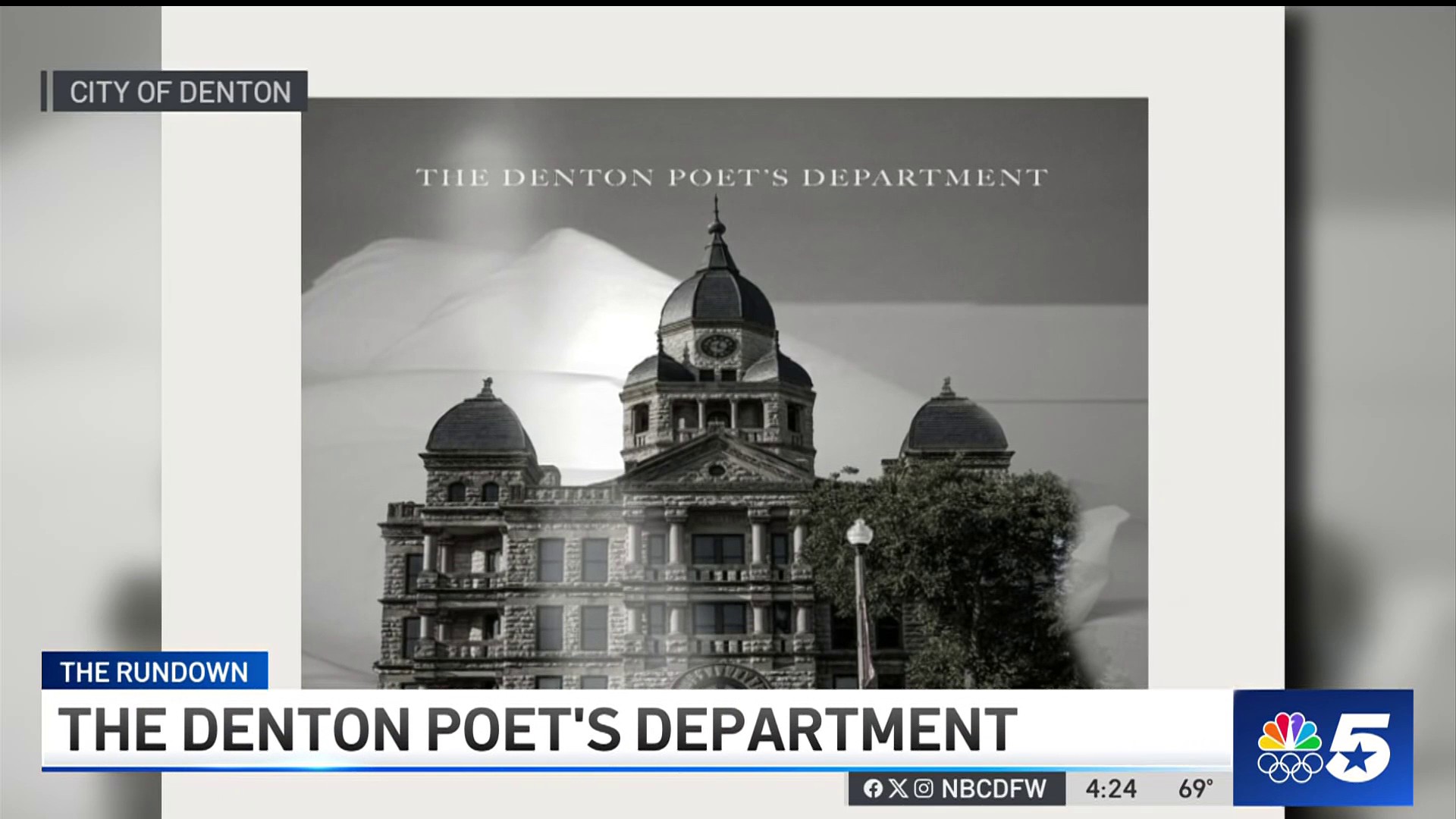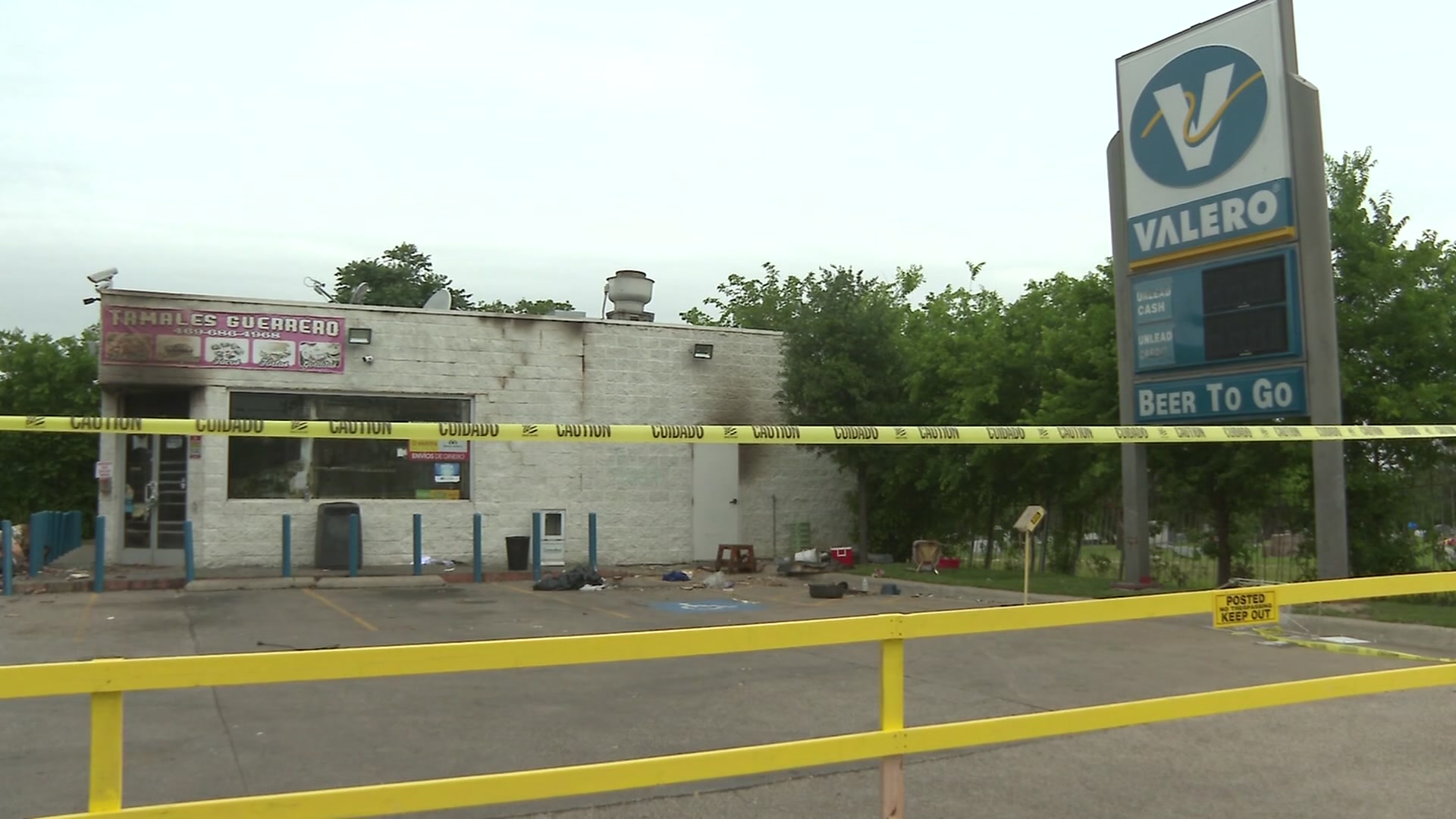Construction is nearly complete on a multi-million dollar pedestrian bridge in northwest Dallas, designed to carry people safely over Harry Hines Boulevard at the intersection with Walnut Hill Lane.
A recent headline in the Dallas Morning News addressed concerns over the project: “Is that giant thing over Harry Hines a bridge to nowhere or a path to the future?”
The “bridge to nowhere” argument is based on the fact the bridge connects an auto parts store parking lot to a nearly vacant lot on the other side of Harry Hines, and that the area is by no means a destination for foot traffic.
The “path to the future” argument is one that those behind the project, which will cost an estimated $4.6 million, made to the Morning News.
The pedestrian bridge is one part of a “Northwest Dallas Multimodal Connectivity” project built for the Asian Trade District, the Morning News reported, according to the North Central Texas Council of Governments.
A prominent feature of the bridge is the wheelchair ramp on either side – an intricate series of ramps that zig-zag back and forth at least eight times before one reaches the top.
Local
The latest news from around North Texas.
“It looks like a maze,” said Kevan Johnson of REACH Dallas, an outreach organization for people with disabilities. “[The ramp looks like] something that would definitely be challenging to cross.”
Johnson told NBC DFW he first noticed the ramp weeks ago, but came to the site on Monday to better determine if the ramp appeared to be in compliance with standards set forth by the Americans with Disabilities Act.
ADA standards indicate for every inch of rise, a ramp should extend out one foot; therefore a ramp that needs to go up by one foot needs to extend out twelve feet.
In addition, no individual ramp should extend beyond 30 feet, Johnson noted.
Because the ramp is still surrounded by a construction fence, Johnson could not take proper measurements to ensure that it met the ADA standard
But Johnson, who has seen many styles of wheelchair ramps in his years with REACH Dallas, marveled at the design of the ramp system.
“[It looks like] a big amusement park-type contraption. It just looks very challenging to someone,” Johnson said. “Intimidating is the word I’m looking for. It looks somewhat intimidating.”



